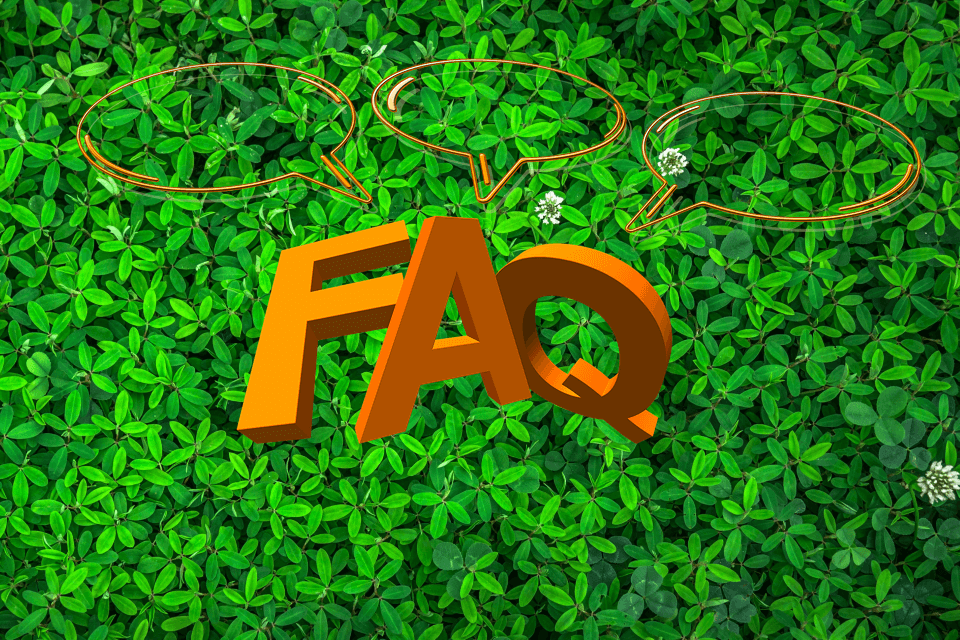Hydroponics and Indoor Growing
The Frequently asked Q&A's
We get asked a nice variety of questions here at Emporium and think it will be a good move to give a nice roundup of them along with the potential solutions....
How often should you water indoor plants?
If your plants wilt just after watering than you are watering too much, and you should allot a little more time in between waterings. A good general rule of thumb is to start plants being watered about 2 to 3 times a day and increase as plants show signs of needing water.
Why are my hydroponic plants not growing?
Although not as common in hydroponic crops as those grown in soil, mineral deficiencies, such as low levels of nitrogen or phosphorus in the nutrient solution, can slow flower and fruit development and cause drop. Flower drop can also be caused by water stress (either a lack of irrigation or high EC levels).
What do you need to grow with hydroponics?
Hydroponics is a subset of hydroculture and is a method of growing plants using mineral nutrient solutions, in water, without soil. Terrestrial plants may be grown with their roots in the mineral solution only, or in an inert medium, such as perlite or gravel.
Do hydroponic plants need sunlight?
Yes, or they can thrive very well with artificial lighting too
How long can hydroponic plants go without water?
By using watering systems such as wicks, capillary matting, and hydroculture, you can keep most plants happy for two weeks or even more. The plants that need the least care are those grown in sealed terrariums. They can often go for years without water!
What should the PPM be for hydroponics?
Most plants in soil grow best in pH 6.5 – 7.0 conditions, while hydroponically-grown plants prefer slightly more acid conditions. You should aim for a pH of between 5.5 and 6.5. This is the range within which nutrients are most available to plants.
How can I make my plants grow faster and bigger?
Inorganic fertilizers provide immediate nutrients to plants and help them grow faster. Organic fertilizers take longer to release in the soil, but they create a healthier soil over time. If your goal is to take an existing plant and make it grow faster, then use inorganic fertilizer.
Why are my hydroponic plants leaves turning yellow?
Magnesium Deficiency. By far the most common nutrient deficiency in hydroponicsis magnesium deficiency. ... Since magnesium is the central element in chlorophyll, the bottom leaves develop interveinal chlorosis – the veins would remain green, but the tissue between the veins would begin to turn yellow.
What do I need for a hydroponic system?
In a solution system, the plant roots grow directly into a nutrient-filled solution. In an aggregate system, such as gravel, sand, or small clay pellets, the roots grow into the medium. In each method, the system supplies the three essential ingredients plant roots need to grow: water/moisture, nutrients and oxygen.
Do you need an air pump for hydroponics?
Truth be told, not every hydroponic system needs an air pump. ... Of them, using ahydroponic air pump is the easiest method. Not only does an air pump help create more dissolved oxygen in the water for plants but it also helps prevent algae and disease growth in the reservoir.
How many times a day should I flood and drain?
In these conditions the pots should be flooded more often, up to once per hour. The same room during cooler conditions, with a higher humidty, will mean higher nutrient strengths can be used and the number of feed cycles can be reduced to once every 2-3 hours.
Is EC and PPM the same?
A quick answer to why we should use EC instead of TDS. The debate over EC and TDS has been an ongoing issue for a long time. These two measurements are used to determine the strength of hydroponic solution. ... TDS stands for Total Dissolved Solids and is measured in PPM or parts per million.
Why does hydroponics work so well?
With hydroponics the plants are grown in an inert growing medium (see below) and a perfectly balanced, pH adjusted nutrient solution is delivered to the roots in a highly soluble form. ... The energy expended by the roots in this process is energy better spent on vegetative growth and fruit and flower production.


